Style essentials with An Informal Guide to Workwear
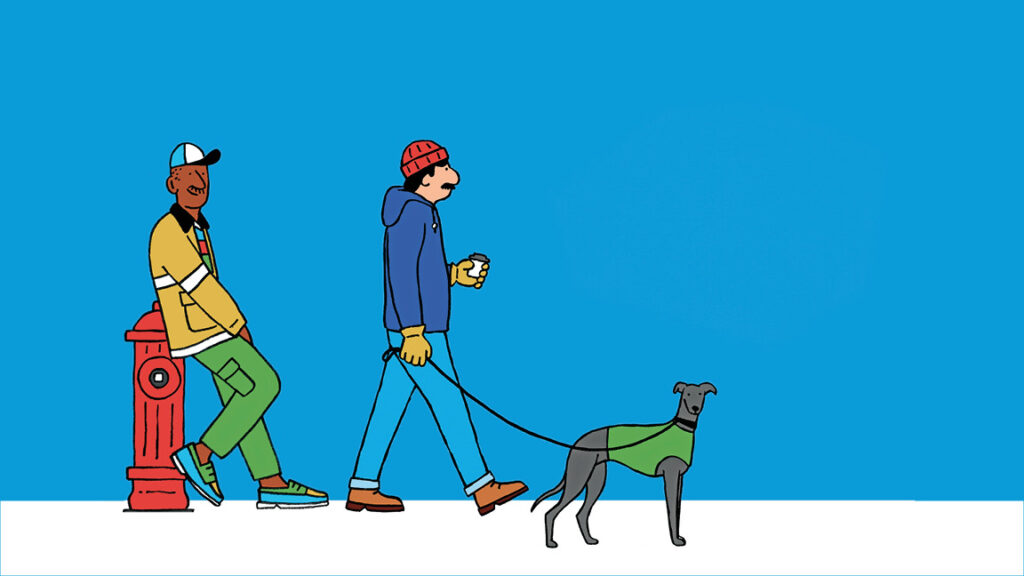
What’s your work style? Head over to our website to find out how you can level up your style with some iconic pieces, taken from An Informal Guide to Workwear by A.W Sylvester.
Bleu de Travail
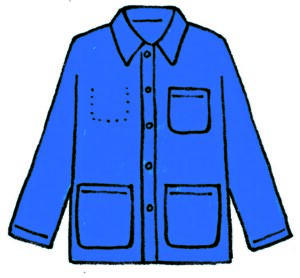
Other than the humble pair of denim dungarees that we discussed in the Introduction, no workwear-derived item has ascended the pole of respectability higher than the French workwear jacket. And yet its gentrificational journey from the fields of France to the shoulders of CEOs has been a relatively modern phenomenon.

Corduroy
It might seem odd, at first glance, to include a chapter on corduroy in a book about workwear. For not only does the cloth give off the perfumed air of decadence in its sumptuous velvety pile, but it has the most regal nomenclature in Cords du Roi – literally, the ‘ropes of the king’.
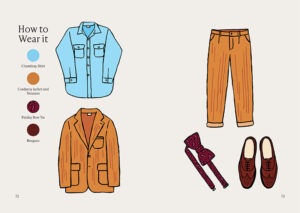
Beret
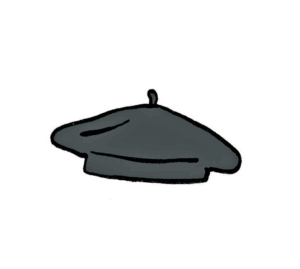
Europeans have worn knitted woollen head coverings since time immemorial, but the term ‘beret’ doesn’t appear in parlance until the early 19th century.
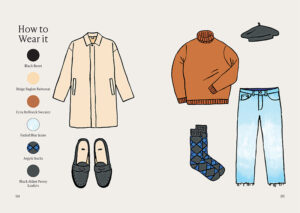
More about An Informal Guide to Workwear:
An Informal Guide to Workwear offers a fascinating overview of some of the most important workwear pieces, discussing their history, function, construction and materials.
Order your copy here.


